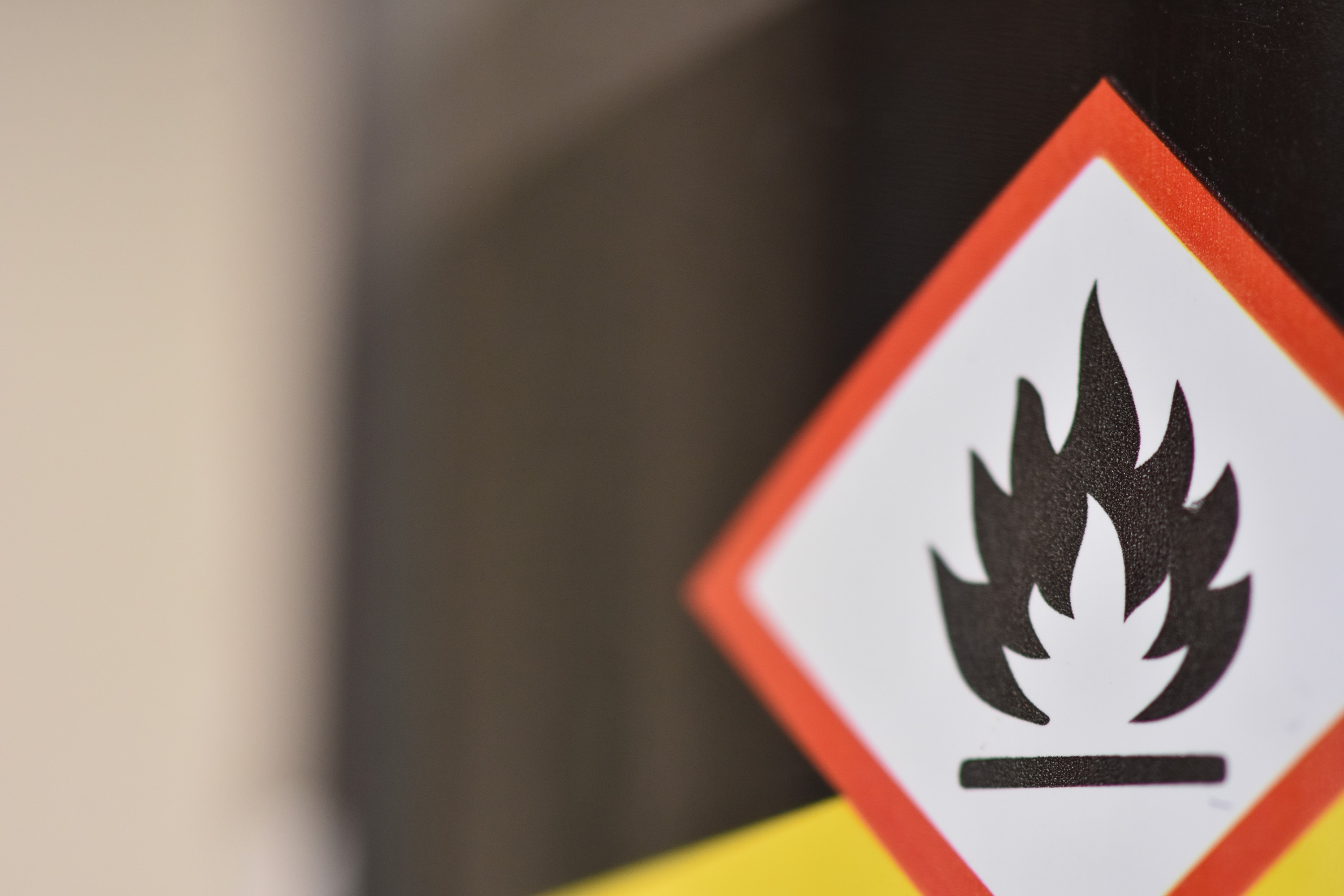Is RMC Approved for Hazardous Locations?

WHAT ARE HAZARDOUS LOCATIONS?
The National Electric Code (NEC), National Fire Protection Association (NFPA) 70, is the most widely used safety code for electrical installations in North America. It provides the requirements for installing electrical equipment in locations classified as hazardous due to combustible, flammable, and/or ignitable atmospheres.
There are three main classes (Class I, II, and III) and each class is segregated into Division 1 or Division 2, which indicates how likely it is to find a flammable or combustible material in a sufficient concentration within a given area.
The 2023 NEC Handbook identifies hazardous locations as “hazardous due to the materials handled, processed, or stored in those locations. Hazardous (classified) locations, if properly treated, are not necessarily any more dangerous to work than other areas or locations.” More information on hazardous locations is available at Understanding Hazardous Locations.
rigid conduit installations
Proper wiring methods cited by NEC Article 501.10(A) permit all threaded rigid metal conduit (RMC) for use in hazardous locations. NEC Section 500.8(E) requires installing RMC with five threads fully engaged and wrench tight allowing gases within the raceway to cool before discharging into the atmosphere. RMC must meet the wrench-tight requirement for all locations, including hazardous. This wiring method also prevents arcing or sparking at threaded joints if a fault current passes over the conduit during a ground-fault event. Although full explosion prevention is not possible, the threaded connection confines any explosion to the inside of the conduit, thereby mitigating the possibility of an explosion in the larger area.
NFPA, UL and OSHA agree on the importance of installing only approved wiring methods for all locations to ensure the electrical continuity of raceways. RMC is known for its ease of installation, durability, and is NEC-approved for all locations, including hazardous.
More information on rigid conduit in hazardous locations can also be found in the Steel Tube Institute’s Tech Talk guide: Understanding Hazardous Locations and the NEC Requirements for Conduit and Tubing.
Gibson Stainless & Specialty offers stainless steel rigid (heavywall) conduit and complementary stainless steel fittings. More information can be found on our Products page or by contacting us to learn more.

 Print This Page
Print This Page Email This Page
Email This Page